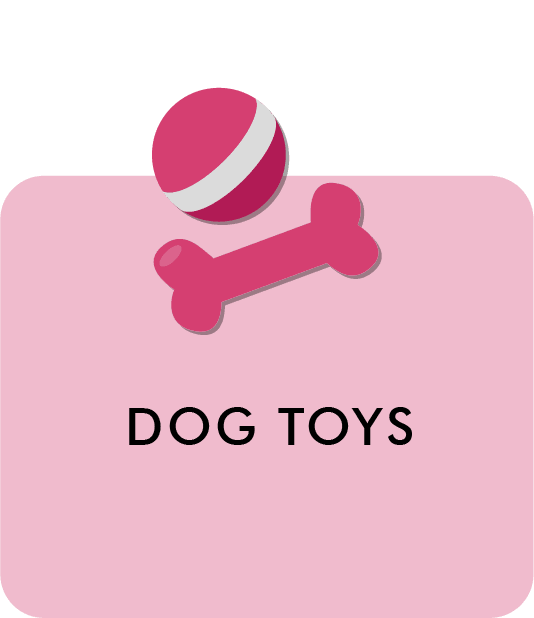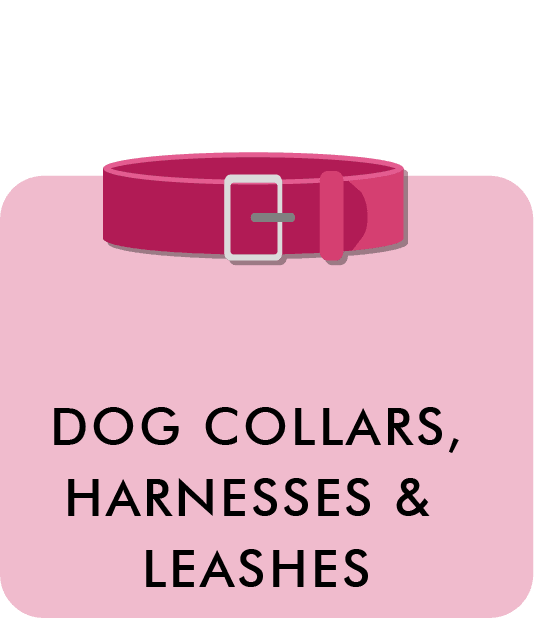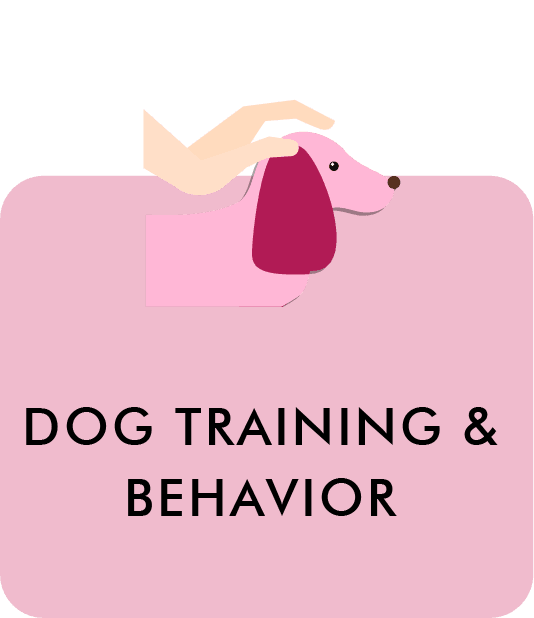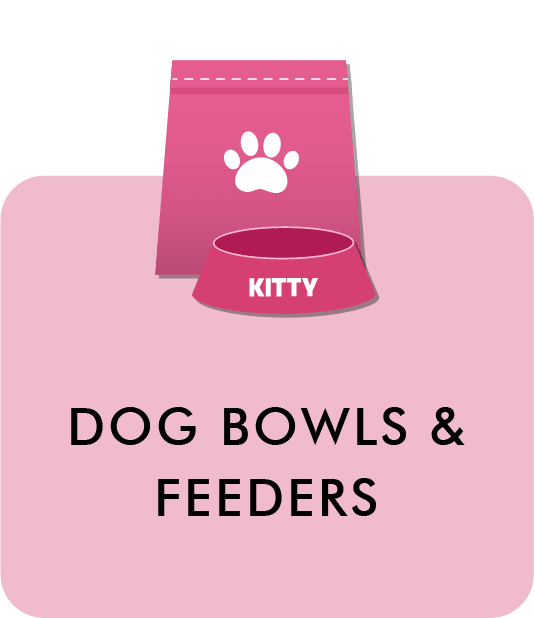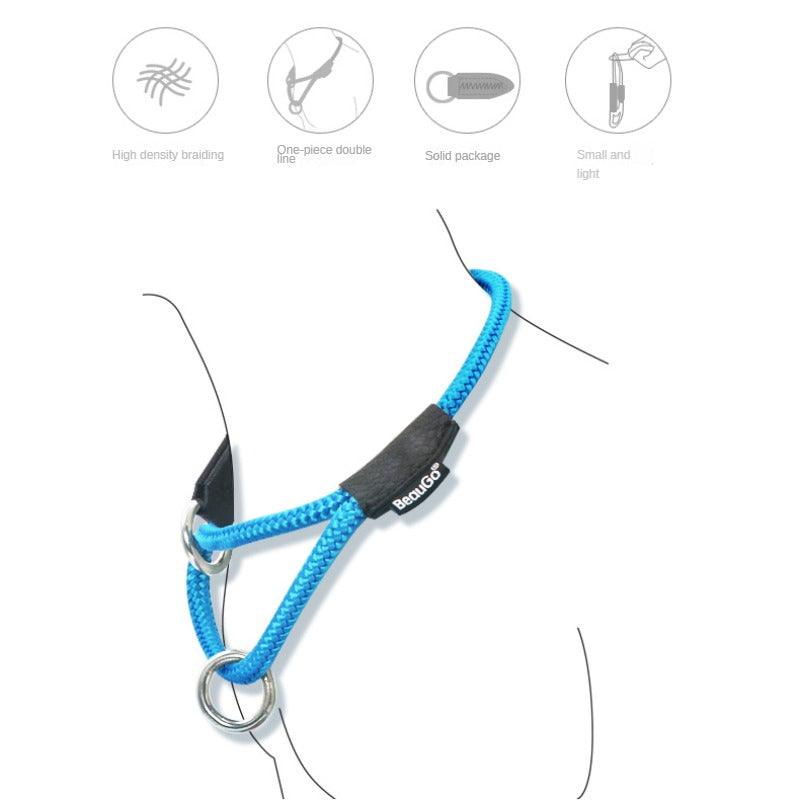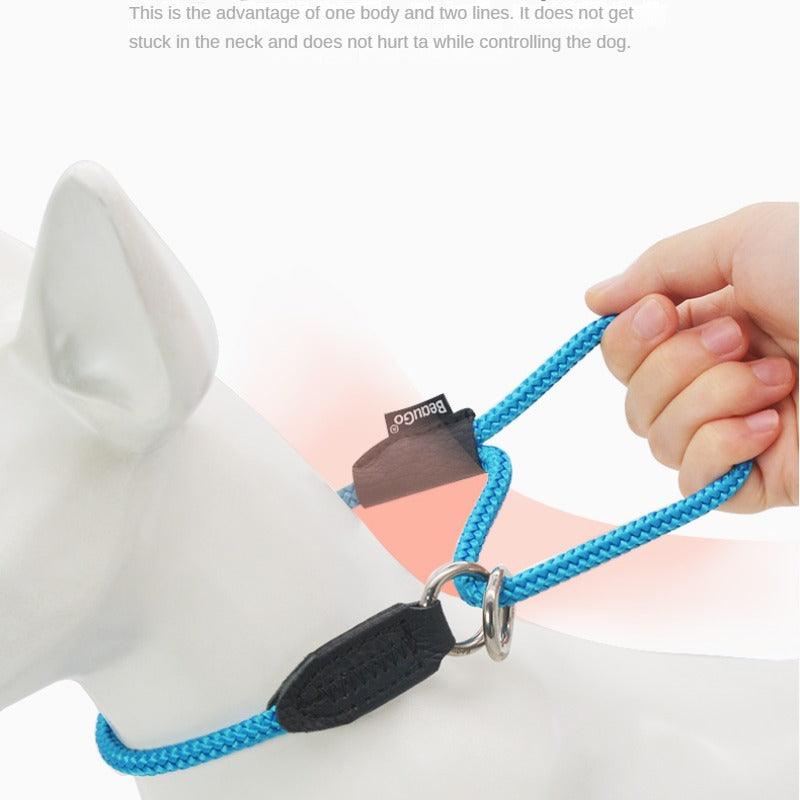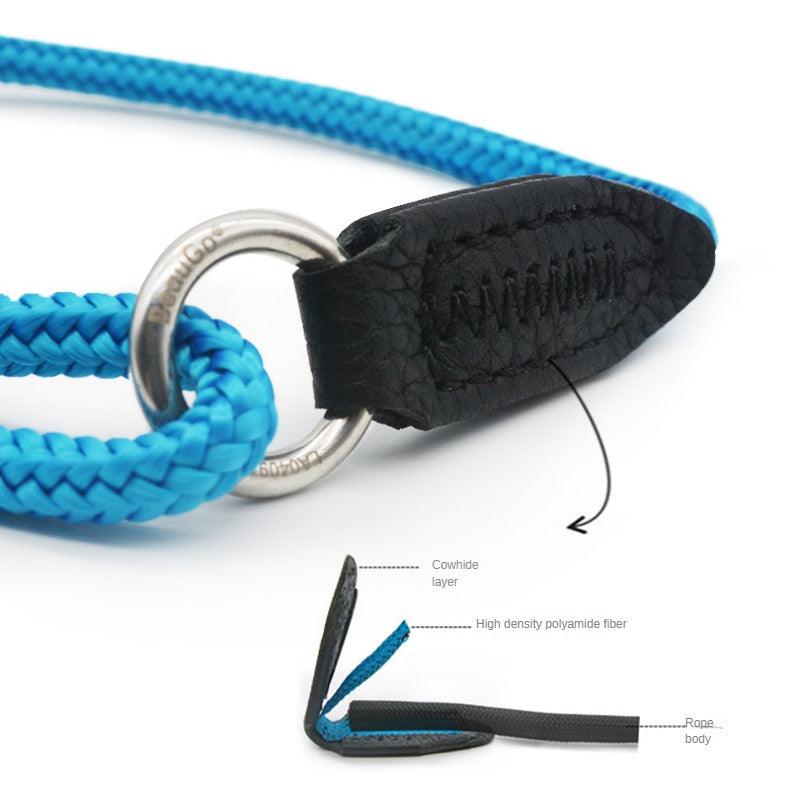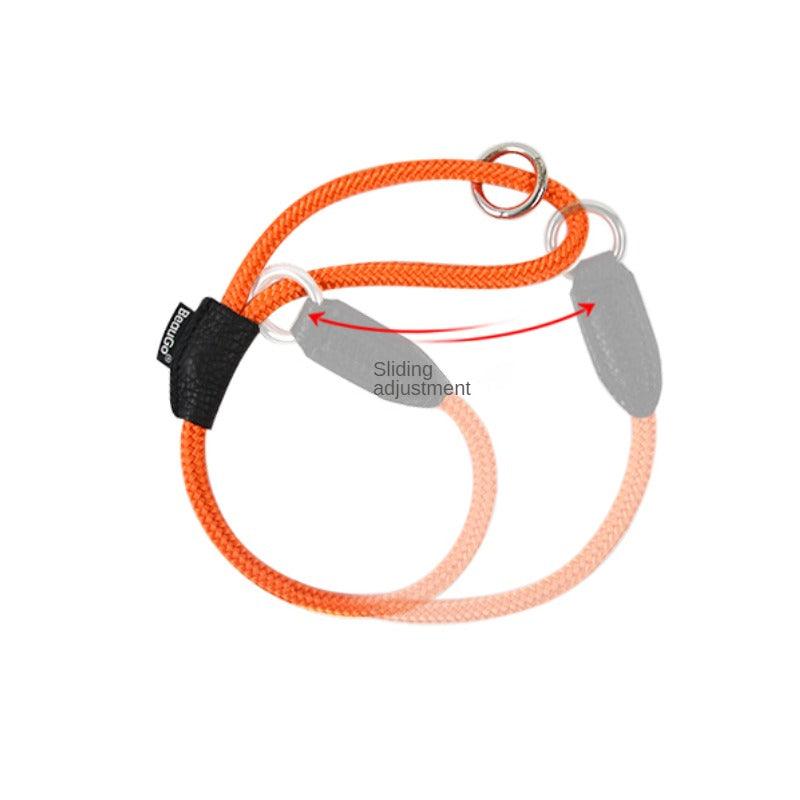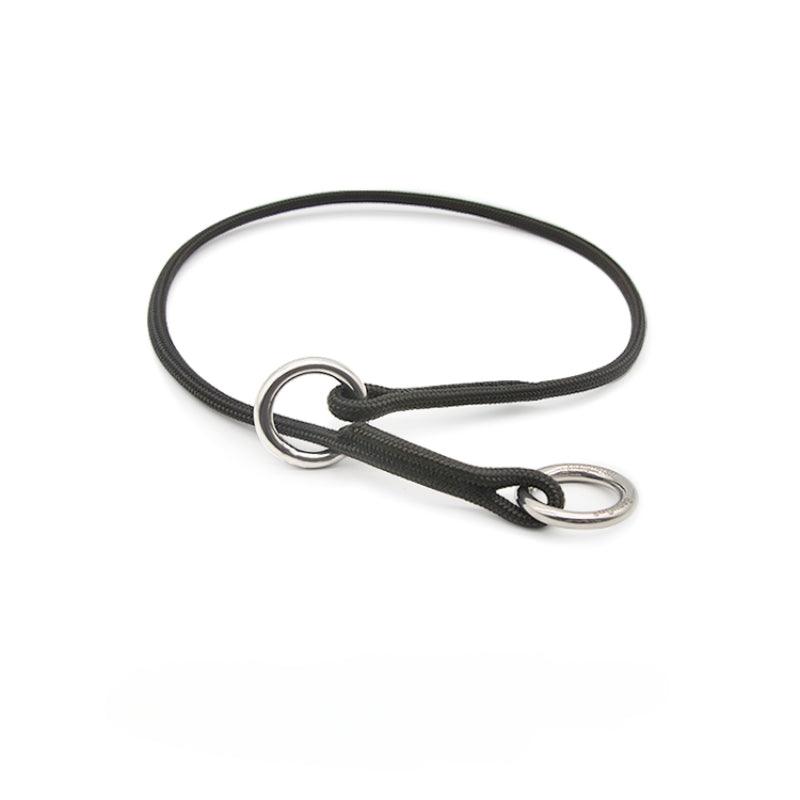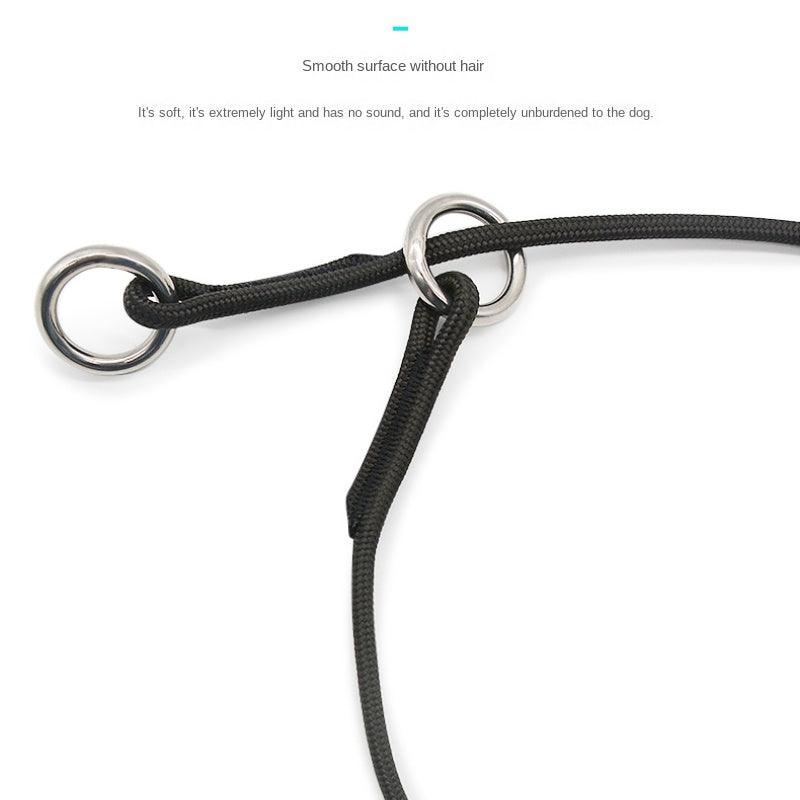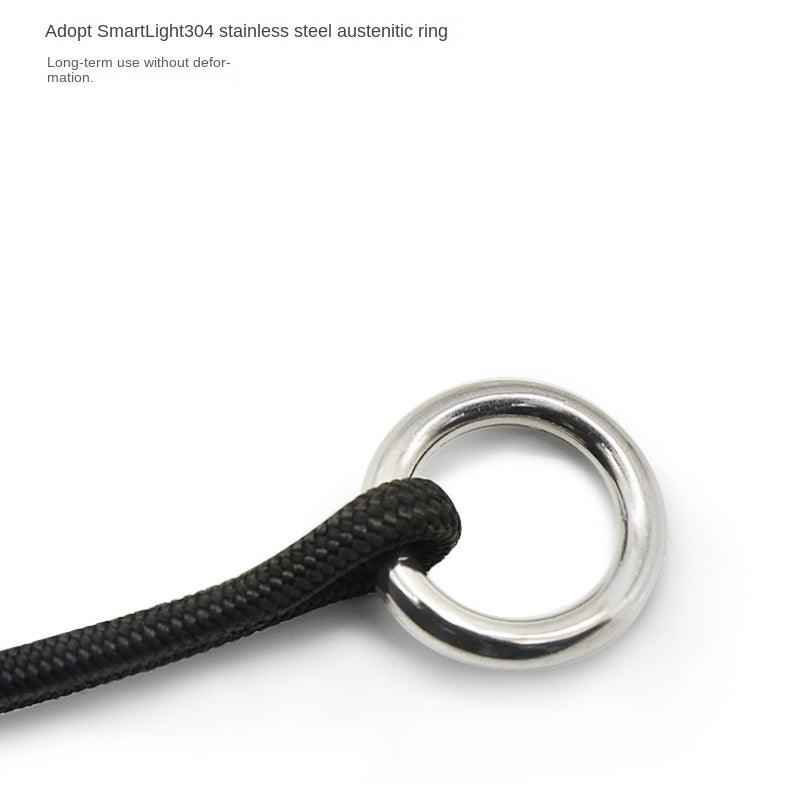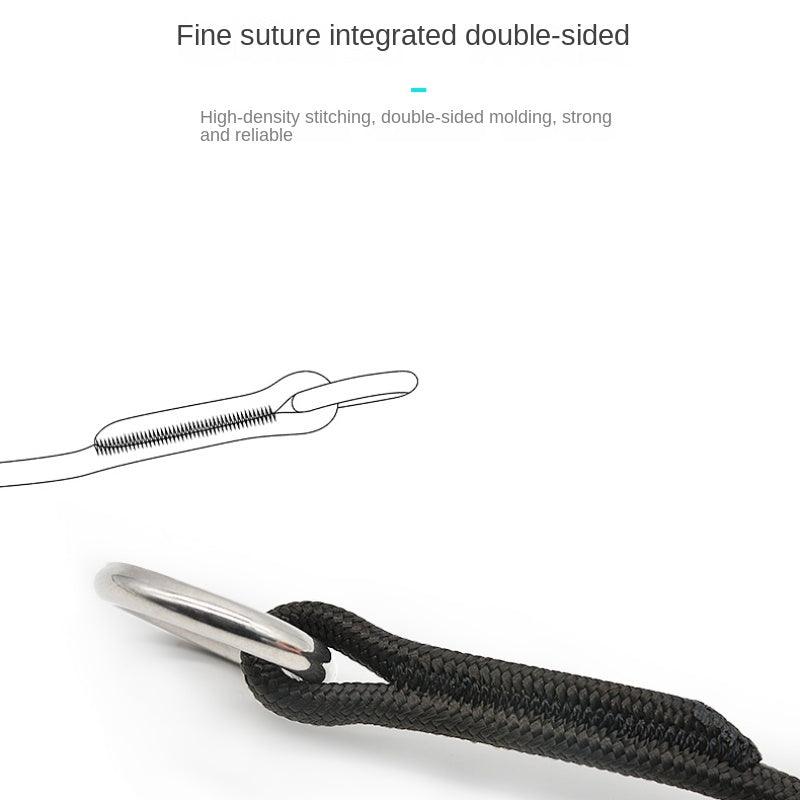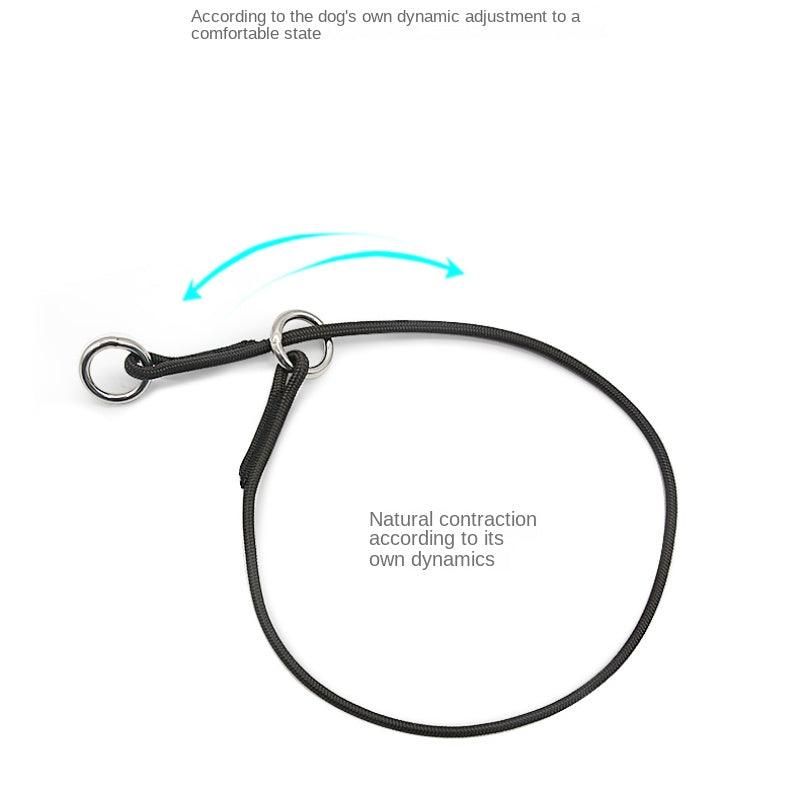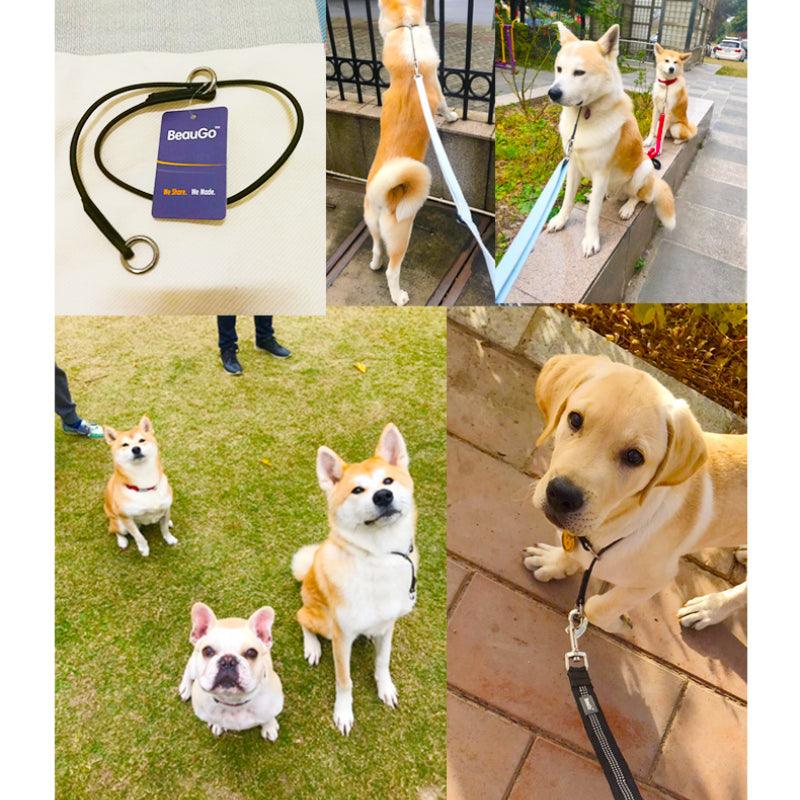KIKOPALS offers a comprehensive selection of dog training and behavior tools designed to help pet parents foster good habits, improve obedience, and enhance the bond with their canine companions. From training collars and leashes to essential accessories, our collection supports effective training strategies for dogs of all breeds, ages, and temperaments.
Our range of Training Collars, Leashes & Harnesses includes various options tailored for training purposes. Choose from no-pull harnesses that discourage pulling behavior, gentle headcollars for improved control, and training collars that offer gentle correction, perfect for reinforcing positive habits. For dogs who need additional guidance, KIKOPALS also offers static collars and vibration collars to aid in discouraging unwanted behavior gently and effectively. These tools are crafted to be safe and comfortable, ensuring your dog can learn with minimal stress.
In addition to collars and harnesses, KIKOPALS’ Accessories section includes a variety of training aids designed to make the training process easier and more effective. Our selection of training clickers provides a clear and consistent signal to reinforce positive behavior, while spray training aids help deter inappropriate behaviors such as chewing or marking indoors. For potty training, we offer training pads and stain and odor removers that help keep your home clean and fresh while your dog learns the ropes. These training aids are perfect for young puppies, newly adopted dogs, or any dog in need of a refresher course in good manners.
For enhanced training sessions, we also provide training treats that serve as positive reinforcement, encouraging your dog to respond to commands and adopt desirable behaviors. These treats are designed to be both tasty and nutritious, making them a rewarding way to build positive habits.
At KIKOPALS, we believe that effective training not only strengthens the bond between pet and owner but also contributes to a happier, healthier, and more harmonious home. Our training and behavior tools are carefully curated to support every stage of training, from basic obedience to specific behavioral adjustments. With KIKOPALS’ range of training collars, harnesses, leashes, and accessories, you’ll have all the tools you need to guide your dog toward positive behavior and a more enjoyable, well-balanced life.
Explore KIKOPALS’ Training & Behavior collection today to find the best tools for teaching, correcting, and bonding with your dog. With high-quality training products tailored to meet various training needs, KIKOPALS is here to support you every step of the way.




